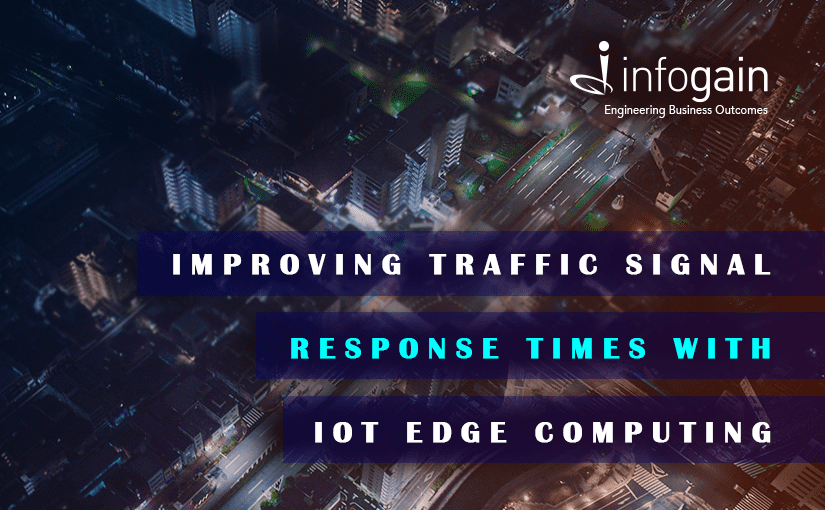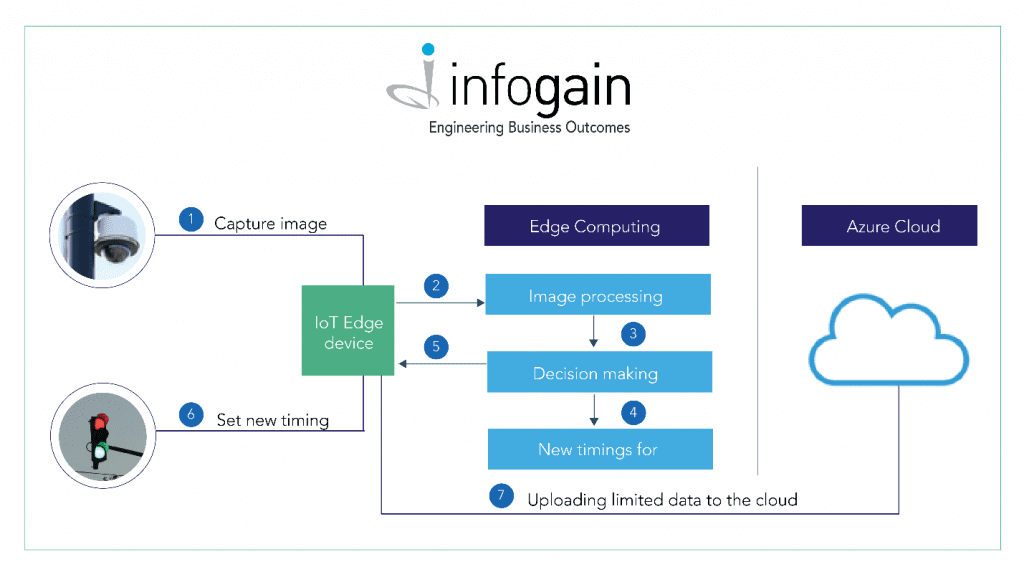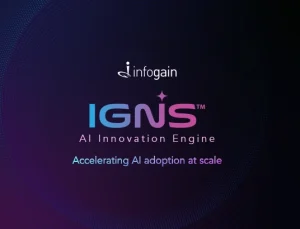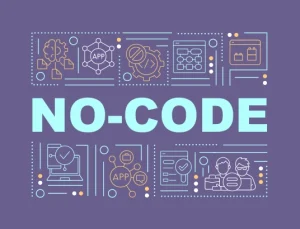- Posted on : March 19, 2020
-
- Industry : Corporate
- Type: Blog

Real world challenge from personal experience
It was a Monday morning, and I was driving to work. When avoiding peak traffic, I usually start early, at around 8.30am. Unfortunately, that day I was running late and left at 10.00am. I observed that one side of the road (where I was) had a long line of vehicles while the other side of the road had relatively less traffic.
Eventually, I had to stop at a traffic signal. The traffic signal timer was configured for 45 seconds. Due to the long queue, I had to stay at the traffic signal for three countdowns. However, there was no line on the opposite side, and yet the signal there was green for 45 seconds. The signals were configured with a fixed time.
I wondered if I was the only one feeling frustrated and wondering why the signal on the other side remained green for 45 seconds, even when there is virtually no traffic on that side. Ideally, shouldn’t the traffic signal be green for longer with more traffic?
Proposed solution using IoT Edge AI
Sometime after that experience, I had the opportunity to present a solution to this problem at the IoT Show by EFY in Bangalore last month. First, we conceptualized a solution and did a feasibility study, and then developed a proof of concept (PoC) for the solution that takes advantage of IoT methods. Our solution was based on edge computing using Microsoft Azure technologies, thus ensuring that the solution was scalable and could be replicated across a large number of traffic signals at a minimal cost.
Before we proceed further, let’s talk about what edge computing is. ‘Edge computing’ is defined as a distributed computing paradigm which brings computation and data storage closer to the location where it is needed, to improve response times and save bandwidth (Wikipedia).
Now, let’s talk about how the solution can work with the traffic signals:
The solution uses cameras, Raspberry Pi devices with Azure Edge SDK, Custom Vision API for image processing, and Azure Cloud services to design the end to end solution.
A camera is connected to a traffic pole at the traffic signal, capturing images of the traffic on that side of the road at a defined interval (in the PoC, we set it to 10 seconds). The captured images are run through the Raspberry Pi devices (which have been previously trained module) to determine the traffic conditions. Based on this assessment from all of the poles at a traffic signal at the intersection, the device establishes the traffic conditions. It then stipulates an increase or a decrease in the waiting time for different sides of the road.

Traffic Signal Management with Edge Computing
When the Edge device (Raspberry Pi) is installed on the intersection, a camera and the Traffic Signal controller is connected to the edge device.
The edge device will process the images received from all cameras connected at the intersection, identify traffic conditions, process the traffic conditions from all sides of the road, and change the timings of the signals dynamically. The edge device needs to connect to the cloud for uploading limited data, download any configuration from the cloud, etc. However, for the remaining work, connectivity with the cloud is not mandatory, and the solution works as expected without internet connectivity.
In this scenario, the images are processed and analyzed on the edge device itself. This means that with the aid of the edge device, not all images need to be sent to the cloud for analysis, resulting in less data sent to the cloud, which saves network bandwidth.
Expanding IoT Edge AI solution into other Industries
Edge computing is suitable for events that are time-sensitive, like traffic signals. Other use cases include self-driving cars where the decision to stop for a pedestrian crossing in front of an autonomous vehicle must be made immediately; personal fitness devices which can keep an eye on chronic conditions for patients and can save lives by instantly altering caregivers whenever required; and health care devices where robots assisting in surgery must be able to analyze the data for safety reasons quickly.
Until now, IoT implementations have been riddled with many challenges, and continuous access to the internet is one such challenge. Edge computing solutions can not only work without regular internet access but can be used to reduce latency and increase the responsiveness of the applications.
Talk to our IoT experts
Infogain is a leading digital innovator, offering IoT and Microsoft Azure capabilities that help our clients to reduce time to market and improve market advantage.







